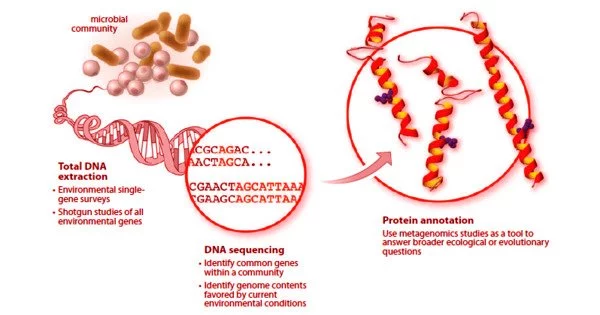Allergies are complicated medical problems that are influenced by both inherited and environmental factors. While our understanding of the genetic basis of allergies has greatly increased in recent years, it is crucial to highlight that allergies are not completely determined by our genes. Environmental factors, such as allergy exposure and lifestyle factors, are also important.
New research is expanding scientific understanding of why some people are more allergic than others. Researchers at the University of Pennsylvania’s Perelman School of Medicine discovered how genetic changes that modify a specific protein called ETS1 can affect our body’s response to allergens. They discovered that modest alterations in ETS1 in an animal model can enhance the likelihood of allergic reactions causing inflammation. The findings were published recently in Immunity.
According to the Centers for Disease Control and Prevention, allergies are the sixth most common cause of chronic illness in the United States, costing more than $18 billion per year. While prior research has demonstrated a strong genetic basis for allergies and identified certain genetic sequence abnormalities that predispose to these chronic diseases, it is still unclear how our DNA can alter our chances of having an allergy. However, understanding this could lead to better research and possibly new treatments.
We discovered that these interactions function like a dimmer switch. Changes in the DNA in this region can throw off the dimmer switch, causing problems controlling the ETS1 protein. This can create immune cell abnormalities and allergic inflammations.
Golnaz Vahedi
By using modern genomics and imaging techniques, a collaborative team of researchers co-led by Penn’s Golnaz Vahedi, PhD, an associate professor of Genetics, and Jorge Henao-Mejia, MD, PhD, an associate professor of Pathology and Laboratory Medicine, found that the ETS1 protein plays a role in controlling a type of immune cell called CD4+ T helper cells, which are important in allergic reactions and help orchestrate the immune response by activating and coordinating other immune cells.
DNA interactions within the genomic segment encompassing the ETS1 gene control how much of the ETS1 protein is made.

“We discovered that these interactions function like a dimmer switch,” Vahedi explained. “Changes in the DNA in this region can throw off the dimmer switch, causing problems controlling the ETS1 protein.” This can create immune cell abnormalities and allergic inflammations.”
While there has been progress in understanding genetic features that follow predictable patterns, such as those passed down from parents, comprehending disorders that involve many different genes and are frequent in populations has been more difficult. These complicated disorders cannot be described by “turning off” a single gene. Instead, they could be created by minor alterations in the DNA that impact how genes interact with one another. However, researchers still do not know much about how these changes in DNA relate to how our genes are organized or how they affect how genes are expressed in most complex diseases.
“This research shows how minor changes in our DNA can disrupt the balance of our immune cells, resulting in significant observable characteristics in patients. This phenomenon could occur in other common diseases, such as autoimmune disorders,” Henao-Mejia explained.
















